How to Make your own aquarium with true passion: When it comes to creating your own aquarium, selecting the right materials is crucial for the success of your aquatic environment. The first step is choosing the right tank size, which will depend on the space you have available and the type of fish you plan to keep.
Contents
Additionally, you’ll need to consider the type of filtration system that will best suit your aquarium. There are various options available, including power filters, canister filters, and sponge filters, each with its own advantages and considerations.
In addition to the tank and filtration system, you’ll need to carefully select the substrate for your aquarium.Gravel, sand, and specialized substrates all have their own benefits and considerations, depending on the type of fish and plants you plan to include.
Finally, selecting appropriate decorations and plants will not only enhance the visual appeal of your aquarium but also provide hiding spots and shelter for your fish.
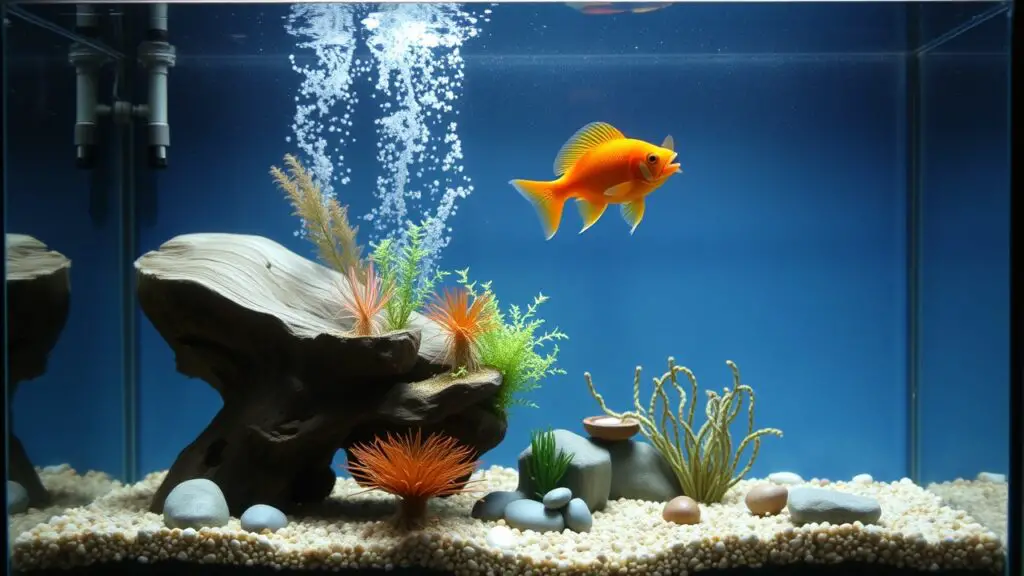
Designing a Beautiful and Functional Aquarium
Creating a Natural Environment
When arranging decorations and plants, it’s important to create a natural-looking environment that provides ample swimming space for your fish. Additionally, consider the placement of rocks, driftwood, and other elements to create hiding spots and territories for your aquatic inhabitants.
Achieving Aesthetic Balance
In terms of aesthetics, choosing a cohesive color scheme and incorporating a variety of textures can create a visually stunning aquarium. Consider the overall theme you want to achieve, whether it’s a lush planted tank, a rocky aquascape, or a minimalist design.
Composition and Balance
Pay attention to the balance of elements and negative space within the tank to create a harmonious and visually appealing composition.
Creating a Healthy Environment for Your Fish
Maintaining a healthy environment for your fish is essential for their well-being and longevity. This involves monitoring water parameters such as temperature, pH, ammonia, nitrite, and nitrate levels to ensure they are within suitable ranges for your specific fish species. Regular water changes and proper maintenance of the filtration system are crucial for keeping water quality high.
In addition to water quality, providing adequate lighting and a suitable photoperiod is important for the health of any live plants in your aquarium. Consider the lighting needs of your plants and adjust the duration and intensity of light accordingly.
Furthermore, ensuring proper oxygenation and water flow within the tank is essential for the overall health of your aquatic ecosystem. For more tips and ideas on maintaining a healthy aquarium environment, visit this Pinterest link.
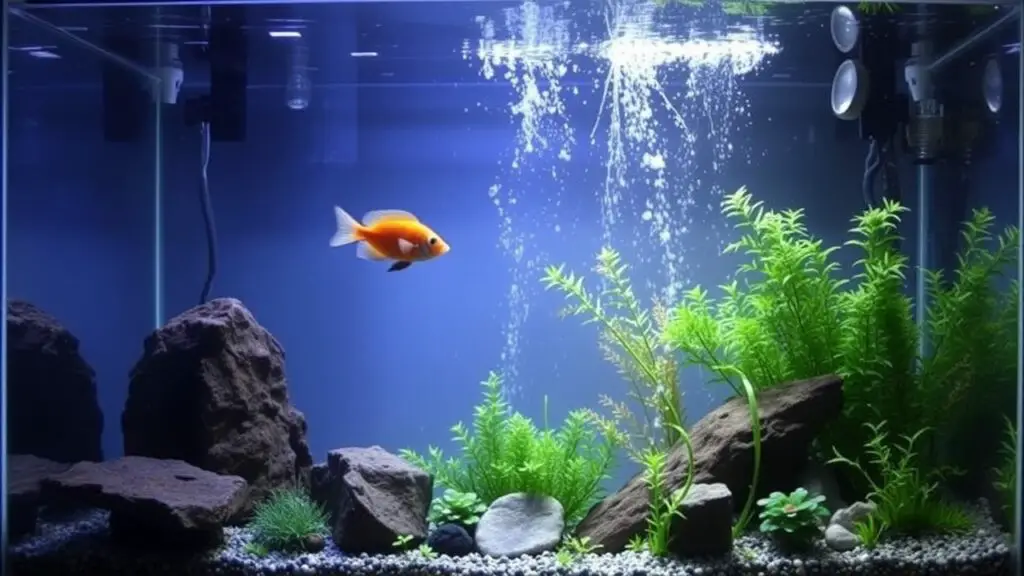
Maintaining Your Aquarium with Care and Attention
Regular maintenance is key to keeping your aquarium in optimal condition. This includes performing routine water changes to remove accumulated waste and replenish essential minerals and trace elements.
Cleaning the substrate, removing debris, and pruning plants are also important tasks to keep your aquarium looking clean and well-maintained. In addition to physical maintenance, monitoring the behavior and health of your fish is crucial for early detection of any potential issues.
Keep an eye out for signs of stress or illness, such as changes in appetite, coloration, or behavior. Being proactive in addressing any issues that arise can help prevent larger problems from developing.
Cultivating a Thriving Ecosystem in Your Aquarium
Creating a thriving ecosystem within your aquarium involves more than just providing a suitable habitat for your fish. It also entails fostering a balanced and sustainable environment that supports the growth of beneficial bacteria, algae, and other microorganisms. These organisms play crucial roles in maintaining water quality and nutrient cycling within the aquarium.
Incorporating live plants into your aquarium can further enhance its ecosystem by providing natural filtration, oxygenation, and habitat for beneficial microorganisms. Additionally, introducing a diverse community of fish and invertebrates can contribute to a more dynamic and resilient ecosystem within your tank.
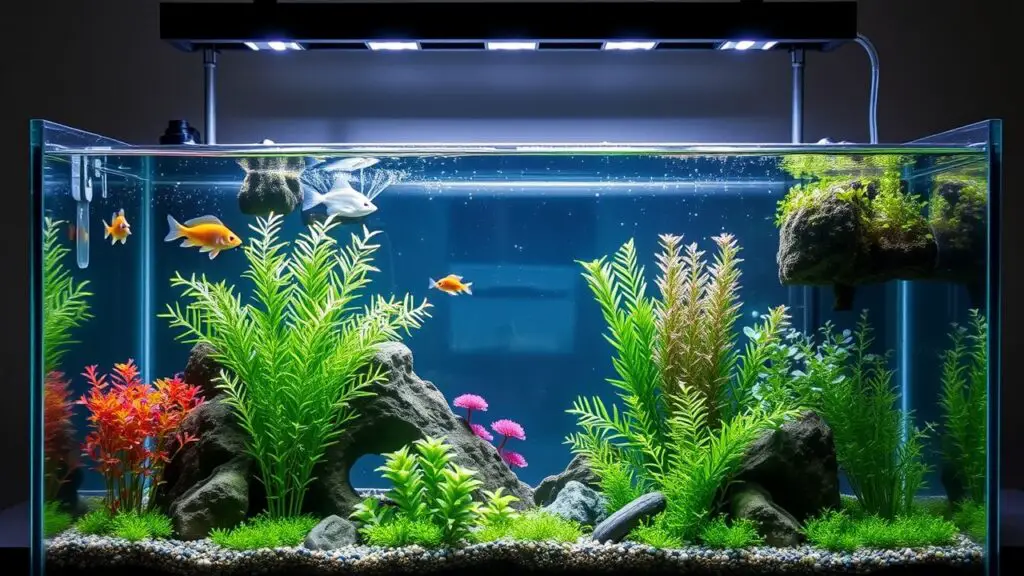
Sharing Your Passion for Aquariums with Others
For many aquarium enthusiasts, sharing their passion with others is an integral part of the hobby. Whether it’s through social media, local aquarium clubs, or public events, connecting with fellow hobbyists can provide valuable insights, inspiration, and camaraderie. Sharing knowledge and experiences with others can also help foster a sense of community and support within the aquarium hobby.
Furthermore, introducing friends and family to the joys of aquarium keeping can be a rewarding experience. Sharing the beauty and tranquility of your aquatic world with others can spark interest and appreciation for the natural wonders found within an aquarium.
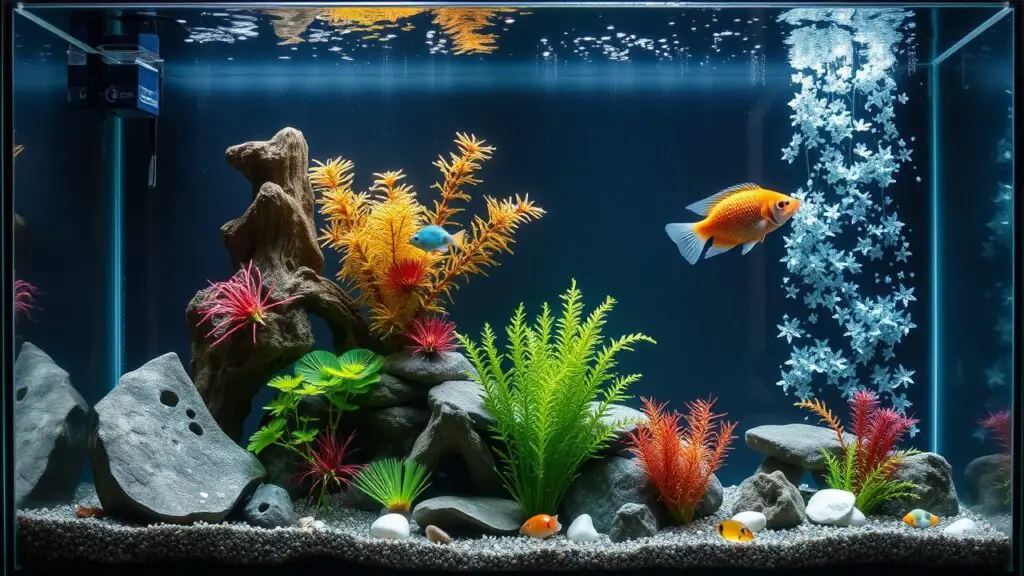
My Conclusion
Finally, finding inspiration and enjoyment in your aquarium hobby is essential for sustaining your passion over time. Whether it’s observing the natural behaviors of your fish, witnessing the growth of your plants, or simply enjoying the peaceful ambiance of your aquarium, taking time to appreciate the beauty of your aquatic world can be deeply rewarding.
Exploring new aquascaping techniques, experimenting with different plant species, or learning about unique fish species can also provide ongoing inspiration and excitement within the hobby.
Additionally, visiting public aquariums, attending aquascaping competitions, or exploring nature documentaries can offer fresh perspectives and ideas for enhancing your own aquariums.
In conclusion, creating and maintaining your own aquarium requires careful consideration of materials, design, environmental factors, maintenance practices, ecosystem dynamics, community engagement, and personal enjoyment.
By approaching each aspect with passion and dedication, you can cultivate a thriving aquatic world that brings joy and fulfillment to both you and those who share in your enthusiasm for aquariums.

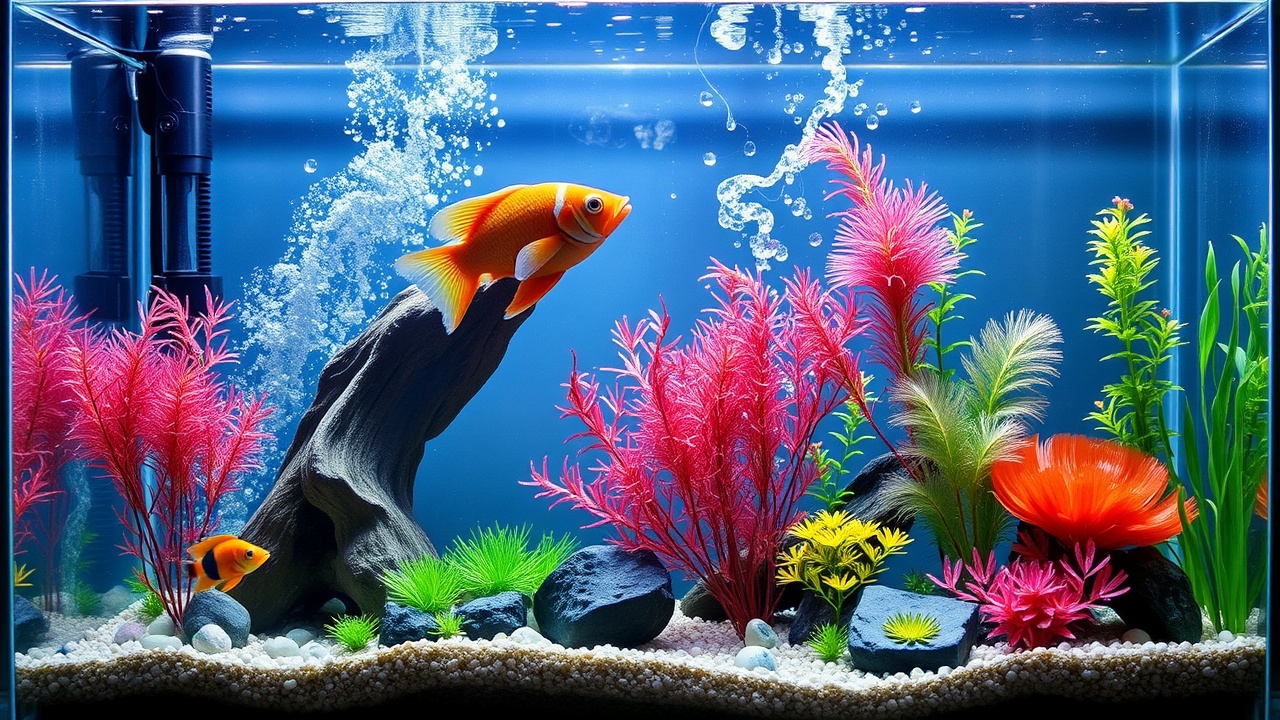
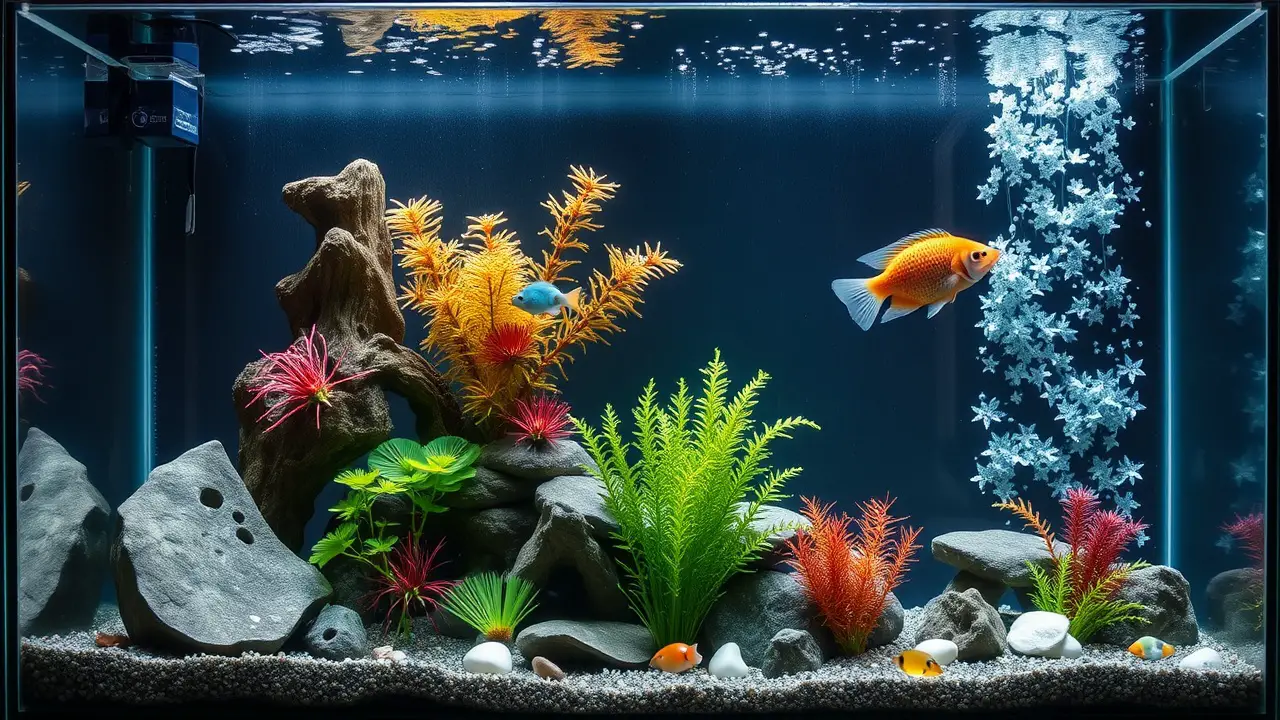
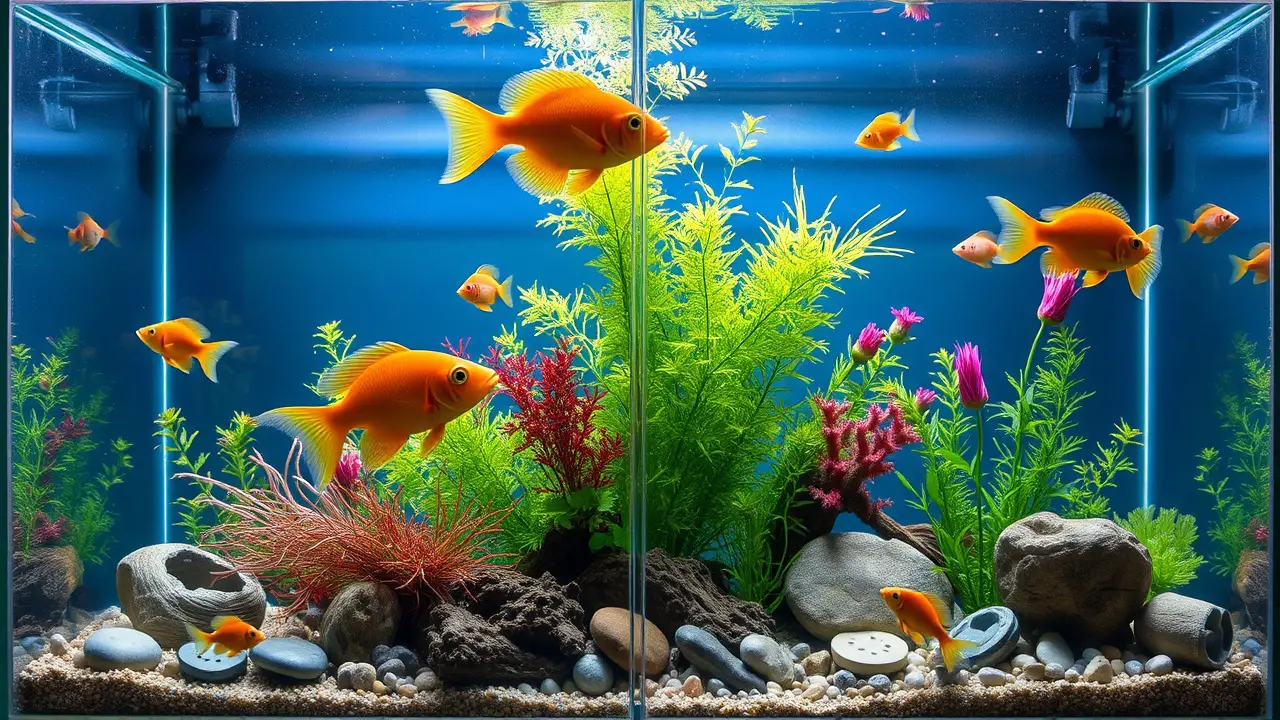
Leave a Reply